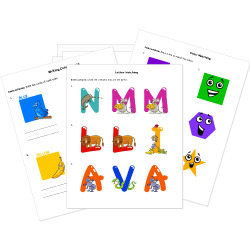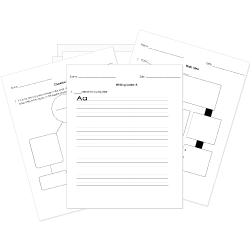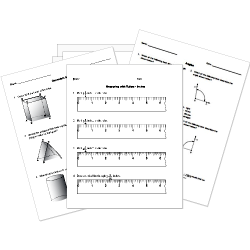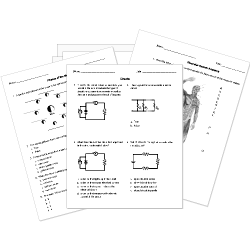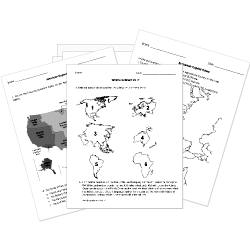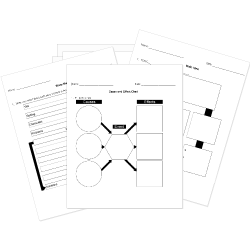Center of Mass and Center of Gravity
Center of Mass and Center of Gravity
This lesson aligns with Next Generation Science Standards (NGSS) PS2.C
Introduction
Have you ever wondered why a balanced seesaw always has a person on either side of its center? Or why a long vehicle carrying a heavy load needs to distribute its weight evenly to avoid tipping over? The answer is the center of mass and center of gravity. The center of mass or COM is the average location of the mass distribution whereas the center of gravity or COG is the point over which a body can be perfectly balanced. In this article, we will talk about the center of mass, the center of gravity, their dependence, and their applications as well.
What is the Center of Mass?
The center of mass (COM) is the point over which the total mass of the object can be considered to be concentrated. In other words, if you manage to pick up an object by its COM, the object would be perfectly balanced and would not fall. The center of mass focuses mainly on the mass of the body.
Dependence of COM
The center of mass of an object depends upon the distribution of mass along with its shape and density. It can be located at different points depending on the above-mentioned factors. If an object experiences no external force, the COM does not change. If a body is subjected to an external force that causes a change in its shape or its mass distribution, then the center of mass can change.
Examples
To understand the concept of COM clearly, let's take the example of simple rigid objects with uniform density, the center of mass is located at the centroid. For instance, the COM of a rectangular block is located at the geometric center of the block. This means that if you suspend the block by its COM, it would hang perfectly balanced in any orientation. The center of mass for simple geometric shapes e.g. triangles, discs, and squares always lies at their center.

For more complicated shapes, like a person or a car having irregular shapes? The COM can be located using the principle of equilibrium. If the object is suspended at any point than its COM, the object will tilt until the COM is directly above the point of suspension. If this process is repeated with different points of support, the COM can be located.
What is the Center of Gravity?
The center of gravity is the point in an object through which the force of gravity acts on that object. If the object lies in a uniform gravitational field, the center of gravity (COG) is the same as its COM. If the gravitational field is not uniform, the COG of the object will be located at a different point than the COM.

Dependence of COG
The COG is a point at which the whole weight of a body considers to be concentrated. That is why the COG of a body depends upon its mass, weight, and geometry.
Difference between COM and COG
The difference between the COM and COG can be observed in the example of a person standing on one leg. In this situation, the COM of the person can be found somewhere in the middle of his body, but the COG is located directly above the foot that is touching the floor. If the person were to incline in any direction, the COG would move outside of their point of support and he would fall over.
Applications of COM and COG
The COM and COG have many practical applications in the real world. Some are mentioned below.
Balance and Stability
The concept of COM and COG is important for maintaining the balance and stability of objects. For instance, the balanced and stable structure of a skyscraper is based on the location of COM and COG.

Fig.2 stable skyscraper is based on COM and COG
Sports and Athletics
Athletes utilize the concept of COM and COG to demonstrate their amazing performance. For instance, gymnastics is a type of sport that requires balance, flexibility, coordination, and endurance, simultaneously. We need to understand how their body’s COM shifts during body movements to maintain balance.

Fig.3 Gymnast performs complex maneuvers by shifting his COM within his body
Transportation
The design of different transports such as cars, truck, and airplanes consider the location of their COG to ensure stability. For example, a truck that carries heavy loads needs to distribute its weight evenly to avoid tipping over.
Summary
- The center of mass is a point over which the total mass of the object is concentrated, whereas the center of gravity is a point in an object through which the force of gravity acts on that object.
- If there is no external force, the COM remains the same. The COM depends upon the mass distribution, geometry, and density of a body.
- For a uniform gravitational field, the COG is the same as the COM.
Images:
Related Worksheets:






